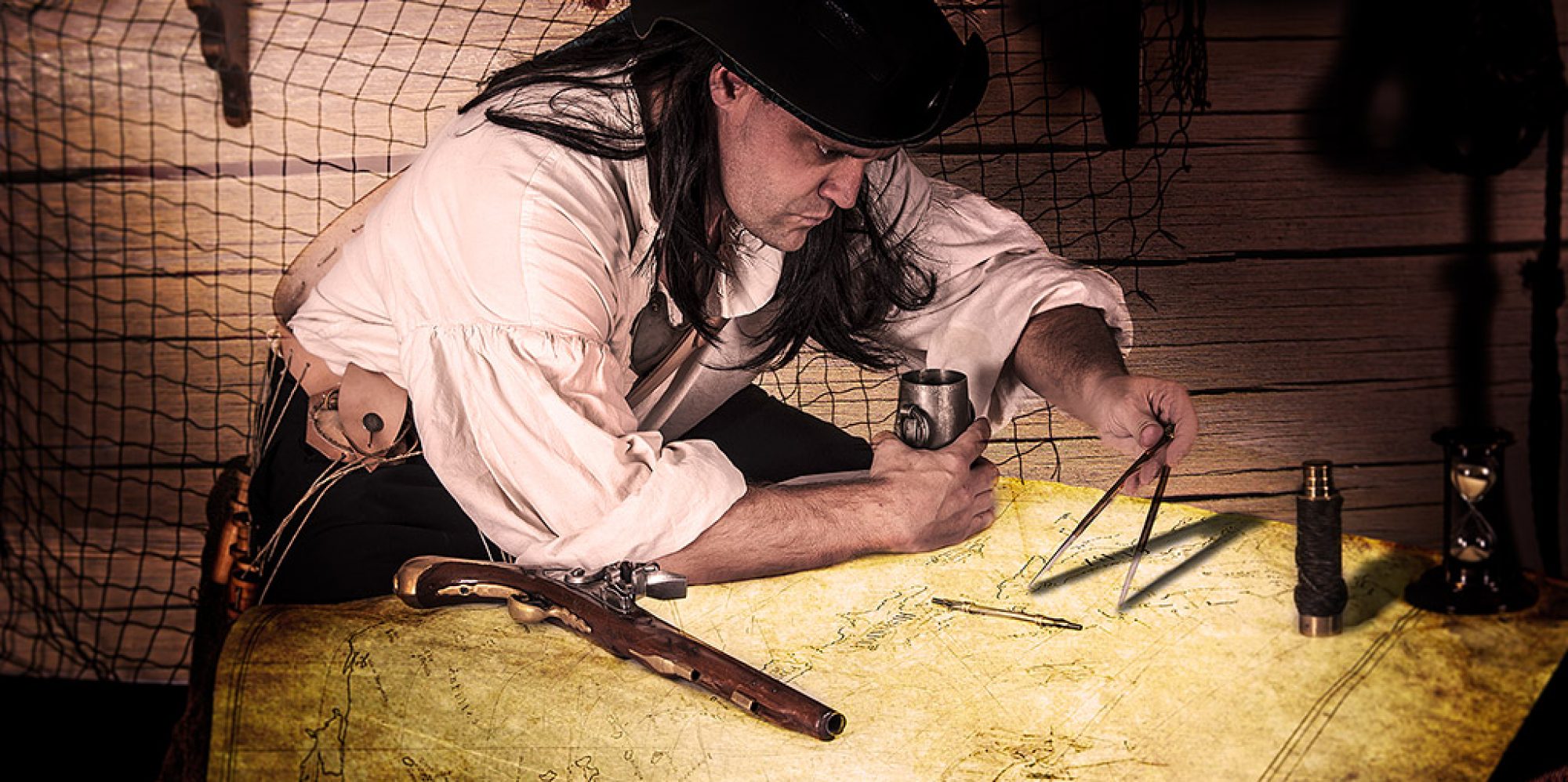The following is a contemporary yet already traditional course of Russian food for the whole day. Whether you want to take a day off just to experience this course or invite your friends over for just a part of it – I’m sure it will be fun.
To start our RUSSIAN FOOD DAY you have a choice of a light breakfast or a heavy breakfast. Light breakfast consists of two boiled eggs with two slices of Russian white bread with butter. Heavy breakfast is three scrambled eggs with chicken and pork cutlet and same two slices of bread and butter. After you’re done with this part you get a saucer full of farmer cheese (also known as Tvorog) and a big cup of hot sweet tea.
Get some rest, go work in a field. Come dinner time, depending on weather you could have two choices of either a hot weather dinner or a cold weather dinner. Let’s start with cold weather dinner.
First course is, of course, borsh with garlic bread cakes. Don’t mind the after-smell, it’s just tasty. Second course is a famous chicken Kiev cutlet with fried or mashed potatoes. Alternatively, you can have pelmeni with sour cream, butter or vinegar (some people do find it tasty). Side dishes must include sour cabbage,pickles or pickled tomatoes. Add vodka to the taste. Then you can either have hot tea again, kvas or compot (recommended) – a drink that’s heavy on a fruit juice and sugar.
For hot weather dinner you may want to start with okroshka – a cold vegetable soup based on mix of sour cream and water (some people use kvas instead, but this practice is questionable). There is also a so called cold borsh, but okroshka is just much better tasting. Second course should consist of either golubci (mix of meat and rice rolled into cabbage leaves and stewed) or stuffed peppers or stewed meatballs with fried or mashed potatoes. Side dishes may include same sour cabbage, vinegret, fresh or pickled vegetables or salad. And finally, for the third course, you can have same compot, fruit juice or mors, jelly drink (kisel) or hot tea.
If you think that’s enough for today – you are wrong. You’re only half way through.
The poldnik is something similar to British five-o-clock, but is held at around 4 – 4:30 PM. Usually it consists of a cup of cocoa drink, hot milk or hot tea and a large cookie, piece of cake or something else baked.
Fourth meal for the day (aren’t you tired of eating yet?) is a late supper. Sure you have already noted that previous three meals are somewhat formalized. The late supper is the one with the most variety. You can repeat the breakfast or you can have something else – the choice is yours. Historically, late supper was needed to clear out whatever was left after breakfast or dinner, so that no leftovers would take up place in a refrigerator. Therefore this meal is open to improvisations.
Fifth and last meal was late night tea time. This is where the samovar comes into play. Sweet hot tea was usually served with bakery of all kinds, sweets, honey or various fruit jams or preserves.
If you could survive this five-meal marathon, you surely can work a 12 – 14 hour workday, have only one-day weekend, down a bottle of vodka with two unknown fellows and get home still standing straight.
